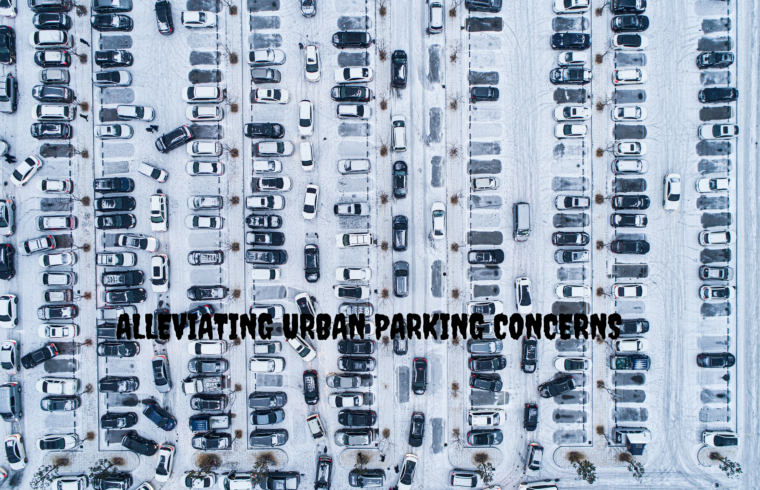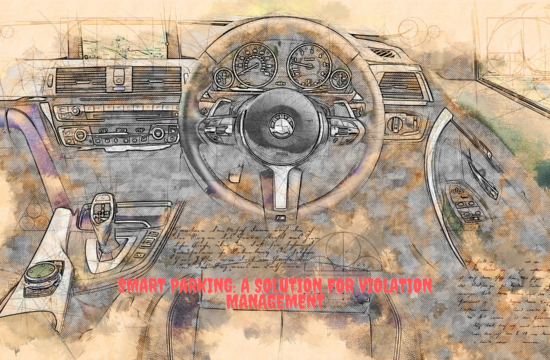Reducing urban parking worries has become a critical issue as metropolitan areas continue to grow and face increased demands on limited parking places. Long lines at parking lots, difficulty finding a spot, and parking without permission have all added to the annoyance of both city people and tourists. Smart parking solutions are essential in addressing these issues. This article explores a number of tactics and technological advancements meant to allay urban parking worries. It provides information on how cities may increase parking availability, optimize traffic flow, and eventually make parking easier and less stressful.
Enabling Smart Parking Infrastructure
The emergence of smart technologies has created opportunities to change many facets of urban life, and parking infrastructure is no exception. Cities looking to optimise their parking management systems are increasingly focusing on enabling smart parking infrastructure. This article examines the advantages and possibilities of smart parking infrastructure, emphasising the ways in which it can boost parking effectiveness, lessen traffic, and promote urban mobility in general. The implementation of smart parking infrastructure creates the foundation for an easier-to-use and more connected urban parking ecosystem, with features like real-time updates on parking availability and seamless payment solutions.
Embracing Non-Motorized Means of Travel
There is a rising understanding of the necessity of embracing non-motorized modes of transportation as cities continue to struggle with problems like traffic congestion, air pollution, and a shortage of parking spots. Non-motorized transportation choices, such as walking, cycling, scootering, and skateboarding, provide an effective and sustainable means of getting about urban areas. Cities may make areas that are more lively and livable while lowering their reliance on automobiles by making investments in infrastructure, encouraging safety precautions, and cultivating an active transportation culture. Embracing non-motorized travel is a step towards creating healthier and more sustainable communities as well as a solution to the problems associated with urban mobility.
Enhancing Commuter Parking Facilities
Commuting is an integral part of many people’s daily lives, and the availability of adequate parking facilities is crucial for a seamless and stress-free commuting experience. However, in urban areas where space is limited, commuter parking can often be a significant challenge. To address this issue, there is a growing need to enhance commuter parking facilities and provide commuters with convenient and reliable parking options. This article delves into the importance of enhancing commuter parking facilities and explores various strategies to improve accessibility, capacity, and efficiency. By investing in innovative technologies, optimizing space utilization, and integrating smart parking solutions, cities can enhance commuter parking facilities, alleviate congestion, and promote sustainable modes of transportation. Improved commuter parking facilities not only benefit individual commuters but also contribute to smoother traffic flow, reduced environmental impact, and enhanced overall urban mobility.
Revamping Multi-Level Parking Facilities
Parking solutions must be optimized because urban populations are growing and available space is getting harder to come by. The increasing need for parking in crowded places can be met in a useful and space-efficient manner with smart parking solutions such as multi-level parking facilities. This article examines the value of modernizing multi-level parking structures and presents creative methods to improve their usability and functionality. Redesigned multi-level parking facilities, as part of smart parking solutions, can better serve urban residents’ requirements, ease traffic, and contribute to more effective and sustainable urban settings by using contemporary technologies, enhancing signs and wayfinding systems, and placing a high priority on safety and accessibility. Smart parking solutions are key to addressing the challenges of urban parking, making cities more livable and reducing congestion.
Deploying Variable Rate Pricing Models
In an era of dynamic urban landscapes and fluctuating parking demands, traditional fixed-rate pricing models may no longer effectively address the diverse parking needs of urban areas. Deploying variable rate pricing models has emerged as a progressive solution to optimize parking utilization, revenue generation, and traffic management. This article delves into the concept of variable rate pricing and its potential to revolutionize the parking industry. By leveraging data-driven insights, real-time occupancy monitoring, and demand-responsive algorithms, deploying variable rate pricing models can encourage parking turnover, incentivize alternative transportation options, and maximize parking space utilization. Through this innovative approach, cities can not only alleviate parking congestion but also create a fair and adaptable pricing system that caters to the ever-evolving needs of urban dwellers.



